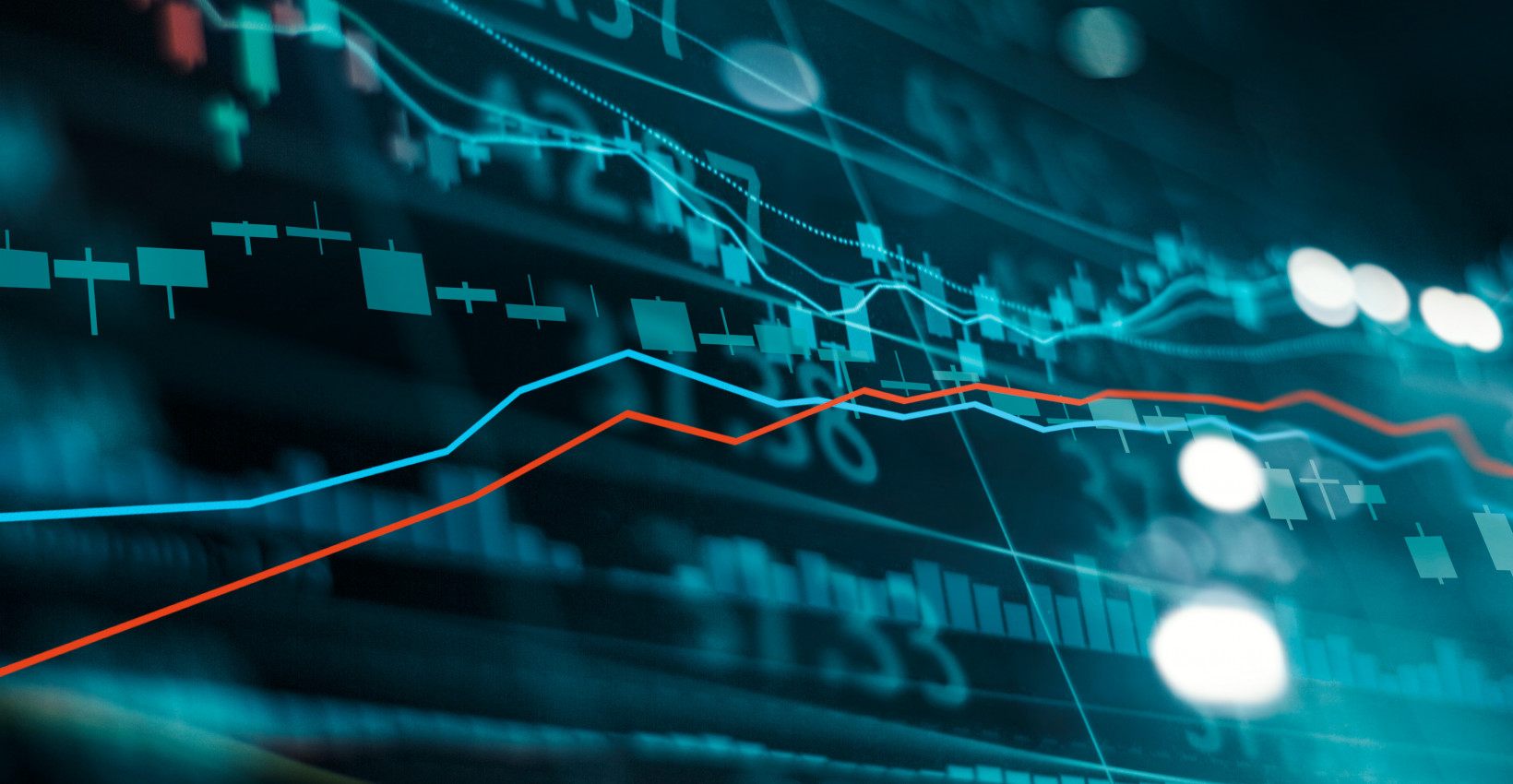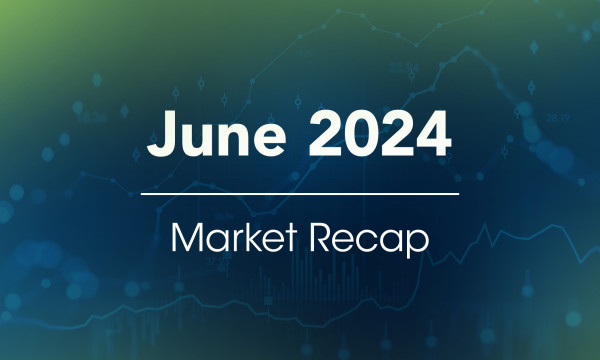The coronavirus effect on the markets
Does this dark cloud have silver linings?

Some optimistic news: Once finished, most crises take a relatively short period of time for an economic recovery.
By definition, a “Black Swan” event is unpredictable, so despite the natural tendency to second-guess oneself, there simply was no way to accurately predict the severity and consequences of the coronavirus pandemic. What we do know is that the impact on human life is significant and growing, especially for some of the most vulnerable subsets of the population. Front line healthcare workers as well as other essential employees (manufacturing, delivery, grocery workers, etc.) are all facing stressful environments. Everyone is facing significant obstacles, from young students to nursing home residents. Around the globe, we are all in this together.
It is difficult to fathom that just months ago, jobless rates were at historic lows and markets were at all-time highs.
After what is expected to be a modest decline for the first quarter of 2020, most estimates now call for United States GDP to fall by at least 10% in second quarter of 2020. Some predict a fall of more than 30%. Whatever the number turns out to be, it is quite possible we will see the biggest quarterly economic decline ever. More directly, jobless claims have spiked and are expected to very soon hit all-time highs. With more than 80% of workers estimated to be tied to small and mid-sized businesses, it is not difficult to see the stress this will have and the need for massive government assistance. It is difficult to fathom that just months ago, jobless rates were at historic lows and markets were at all-time highs.
Now that we know at least some of the likely damage caused by this Black Swan event, the question we must examine is what comes next for the economy and markets, and what is the best way to position for it. While the answer is impossible to know, we must assume that life will eventually go back to normal. In an optimistic case, it happens in several weeks, and in perhaps a more realistic case, a return to normalcy will be measured in months. Whenever it happens, we expect to have a strong rebound in economic activity coupled with depressed stock prices. That historically is a recipe for very strong market returns. Under these circumstances, it likely means we eventually get back to the market levels we were at just a few months ago. While it is painful and it may take years to get back, longer-term investors have no choice but to stay invested, and selectively rebalance assets to take advantage of currently depressed asset prices. Investors with short-term needs must accept zero returns on short-term safety to cover essential needs; there is no way around it at this time.
History doesn’t repeat, but it often rhymes. Trying to predict a bottom in a time like this is often futile. Most major equity markets are off 35%-40% from their recent highs. This is a significant pullback, but not yet to the degree of what we saw with the 2008 financial crisis. In fact, during the 17-month peak-to-trough financial crisis, stocks didn’t bottom until well after the onset of systematic problems and even for a month after significant government interventions were announced. While we hope the duration of this pandemic is relatively short, it is even more difficult to estimate the duration of the economic malaise caused by the pandemic.
To conclude, some optimistic news: Once finished, most crises take a relatively short period of time for an economic recovery. In fact, the post-WWII ravaged economies of Germany and Japan are among the very few that took several years to recover. The vast majority of other post-crises recoveries have been much quicker. We are faced with the problem of when, not if, the current crisis will end. Markets tend to recover even more quickly than economies. Every significant market pullback in recent times has been followed by a meaningful recovery during the subsequent 12-month period. Often the biggest gains in a recovery happen early on, meaning that the risks of market timing work both ways. With that in mind, we continue to stress the importance of risk management via proper and consistent asset allocation and owning a portfolio of diversified investments.
Learning Center articles, guides, blogs, podcasts, and videos are for informational purposes only and are not an advertisement for a product or service. The accuracy and completeness is not guaranteed and does not constitute legal or tax advice. Please consult with your own tax, legal, and financial advisors.
|




